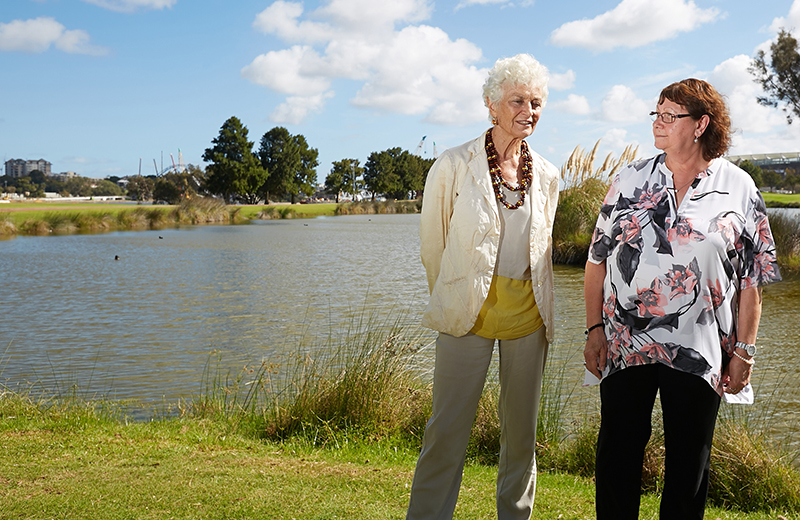Search

News & Events
‘Nicotine-free’ e-juice samples found to contain nicotine and harmful chemicalsSix out of ten ‘nicotine-free’ e-cigarette liquids analysed by The Kids Research Institute Australia researchers contained nicotine as well as an acutely toxic chemical typically found in pesticides and disinfectants.

News & Events
Spike in Aboriginal child removals sparks call for urgent action to end cycle of traumaA study confirming Aboriginal children are now 10 times more likely than non-Aboriginal children to be placed in out-of-home care has prompted researchers to call for urgent action to prevent further intergenerational trauma.

News & Events
Funding partnership to uncover new brain cancer treatments for kidsThe Robert Connor Dawes Foundation has joined forces with the Ethan Davies Fellowship to co-fund a The Kids Research Institute Australia initiative aimed at uncovering new treatments for aggressive childhood brain tumours.

News & Events
Navigating the teenage years with type 1 diabetesThe teenage years can be a challenging time for families, a period made even more difficult if a child has type 1 diabetes.

News & Events
Parents’ top tips for managing their kids’ device useHave you ever wondered how other parents manage their kids’ device use? As part of a survey for our Cyber Savvy Project, The Kids researchers asked a group of parents for their top tips regarding their child's use of devices.

News & Events
Round one done, eight to go for the SToP TrialSix weeks, nine community visits and 380 kids – it’s a wrap for round one of the StoP Trial!

News & Events
Funding for stillbirth autopsies will enable life-saving researchResearchers from The Kids Research Institute Australia say the Federal Government’s in-principle commitment to cover the cost of stillbirth autopsies is a positive step forward in addressing the nation’s stagnating rates.

News & Events
R U OK Day: Top tips for responding to someone who isn’t ‘OK’It’s important to ask, R U OK. If someone replies that they’re not, don’t panic – there are ways you can help.

News & Events
Big data expert appointed Kerry M Stokes Chair of Child Health ResearchAn international leader in the analysis and mapping of big data sets to tackle disease has been appointed The Kerry M Stokes Chair of Child Health.

News & Events
What life is like living with type 1 diabetesEvery decision a child with type 1 diabetes makes can impact on their blood glucose levels.
